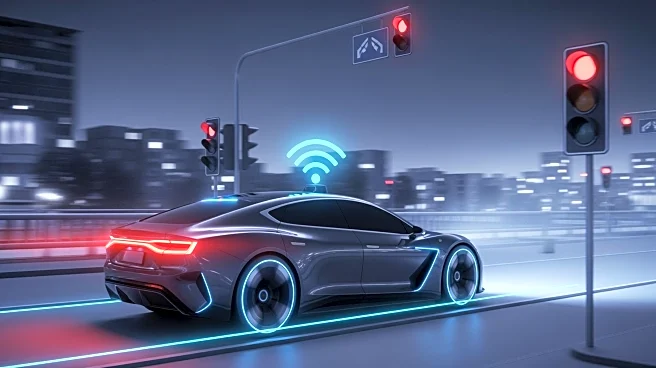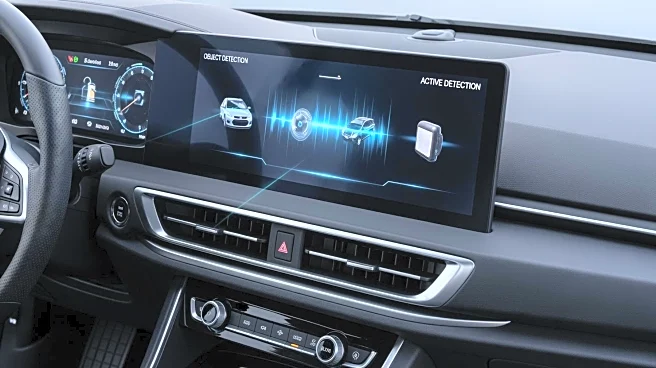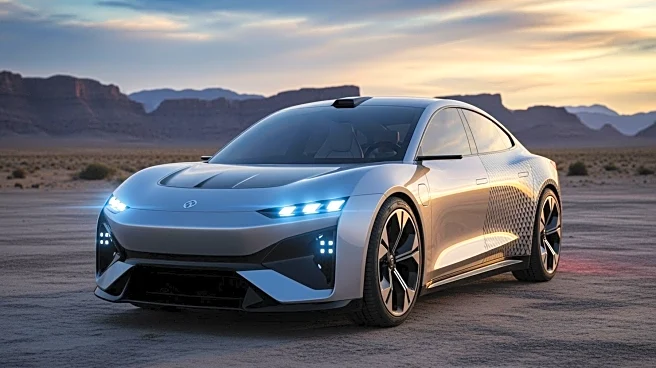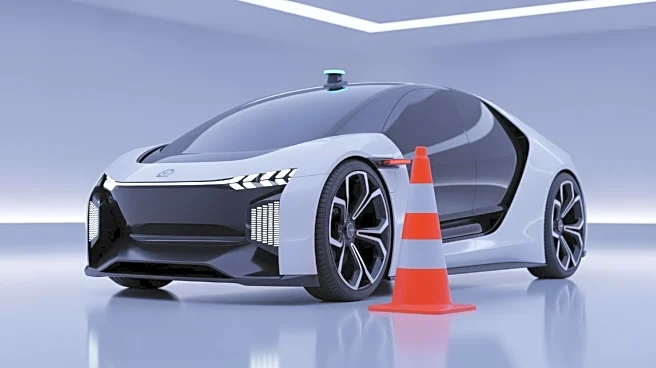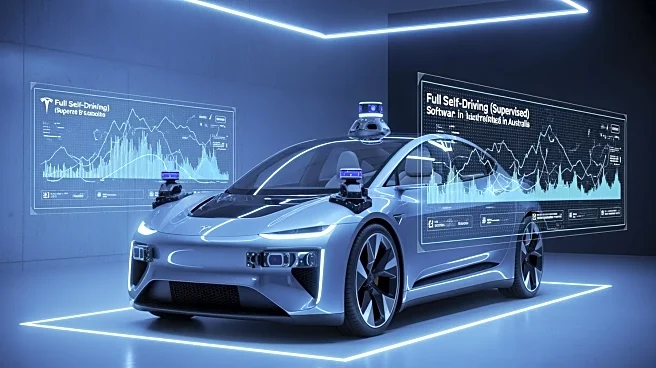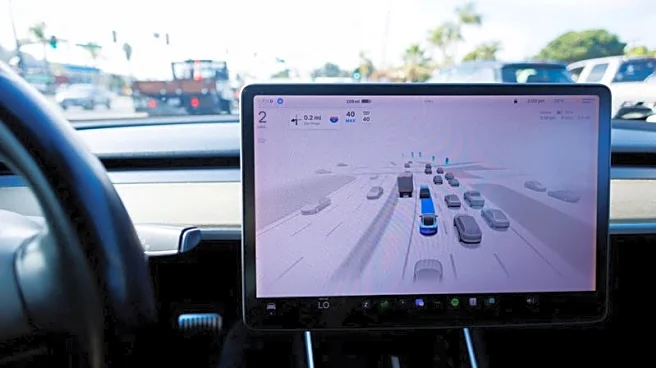What's Happening?
The National Highway Traffic Safety Administration (NHTSA) has initiated an investigation into Tesla's self-driving software due to multiple incidents where the system allegedly caused vehicles to violate
traffic laws. The NHTSA has identified several cases where Tesla's Full Self-Driving software ignored red light signals or attempted to change lanes into oncoming traffic. The investigation follows 18 complaints and one media report detailing instances where Tesla vehicles failed to stop at red lights or accurately detect traffic signals. Additionally, there have been six reported crashes, four of which resulted in injuries. The software reportedly prompted cars to enter opposing lanes, cross double-yellow lines, or attempt turns onto roads in the wrong direction. The NHTSA aims to assess whether drivers had sufficient warning or time to intervene in response to the car's unexpected behavior. Tesla's Full Self-Driving mode is considered partially autonomous, requiring drivers to remain attentive while using the system.
Why It's Important?
This investigation is significant as it highlights ongoing concerns about the safety and reliability of autonomous driving technologies. The outcome could impact Tesla's reputation and the broader acceptance of self-driving vehicles. If the NHTSA finds that Tesla's software poses a safety risk, it may lead to stricter regulations and oversight for autonomous vehicle technologies. This could affect Tesla's business operations and its plans for expanding autonomous driving capabilities, including its robotaxi service. The investigation also underscores the importance of ensuring that self-driving systems can safely interact with existing traffic infrastructure, which is crucial for public safety and the future of autonomous vehicles.
What's Next?
The NHTSA's probe will evaluate whether drivers had adequate warning or time to respond to the vehicle's unexpected actions. Depending on the findings, Tesla may be required to make software adjustments or face regulatory actions. The investigation could prompt other automakers to review their autonomous driving technologies to ensure compliance with safety standards. Stakeholders, including Tesla, other automotive companies, and regulatory bodies, will likely monitor the investigation closely, as its outcomes could influence future developments in autonomous vehicle technology and regulation.
Beyond the Headlines
The investigation raises ethical and legal questions about the responsibility of automakers in ensuring the safety of autonomous driving systems. It also highlights the challenges of integrating advanced technologies into existing traffic systems and the need for comprehensive testing and validation. Long-term, this could lead to increased collaboration between automakers and regulators to develop safer autonomous driving solutions.
